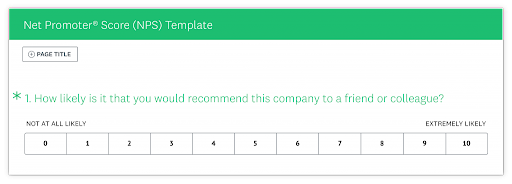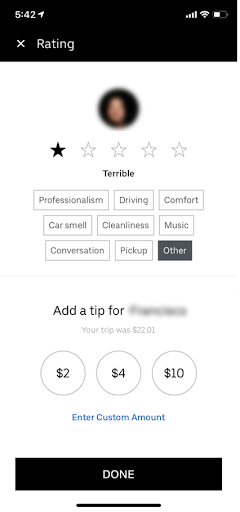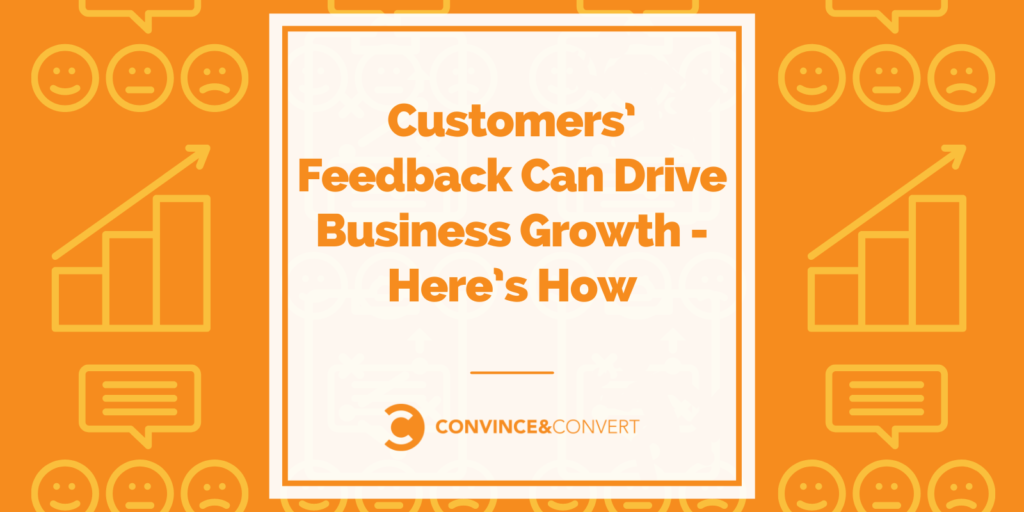Customers’ feedback isn’t a new concept. It’s been a concern of marketers’ since the beginning of commerce. What has changed, though, are the tools and technologies that have made it possible to collect customer feedback effortlessly.
Feedback allows you to understand what customers really want and how you can improve your products and services to make their experience better.
To find out the needs and the concerns of your customers, you need to have a process in place for feedback collection. And most importantly, you need to put that process into action.
In this post, you will learn how to collect customer feedback and how to use it to drive business growth.
So, let’s get started.
How Can You Collect Customer Feedback?
Traditionally, marketers used to overwhelm their customers with long-form surveys to collect feedback. But in modern times, when more effective feedback collection techniques have evolved, there is no sense in asking customers to put so much effort into surveys.
In fact, Survey Monkey confirms that 60% of people don’t want to participate in a survey longer than 10 minutes. And for surveys taking longer than 20 minutes, that number is 87%.
To be frank, I have bailed out of many long surveys from airlines, hotels, and others just because of possible mental fatigue.
Marketers need to prioritize the feedback collection techniques that really work. Here are some effective ways to collect customer feedback:
Use the Net Promoter Score
You can understand your customers’ satisfaction level by asking a straightforward question like—“How likely are you to suggest our product/service to your friends or colleagues?”
The response ranges from 0 to 10, where 0 is for not likely at all and 10 for extremely likely.
Averaging the responses across the entire customer base provides you with a clear measurement of customer experience. To improve the average score, you need to follow up with the customers who gave a score of less than 7 and understand their reasons for doing so.
Here’s an example of a simple NPS at work:

Image Via Survey Monkey
The responses received are classified as below:
- 0–6 are Detractors— Unsatisfied customers that are more likely to cause damage to your brand image through negative word-of-mouth.
- 7–8 are Passives—satisfied but indifferent customers who could easily switch to your competitors.
- 9–10 are Promoters—brand advocates who make repeat purchases and promote your brand in their social circles.
Connect with customers immediately after an interaction
Getting customer feedback immediately after providing a service or a purchase is crucial because it allows you to get feedback when their experience is fresh in their minds.
You can send text surveys or make a phone call right after a product is delivered, an appointment is completed, or any other interaction. The feedback can be then utilized to improve your products and services to deliver a better customer experience.
The most common example of this is Uber’s real-time customer feedback. After every ride, users get a pop-up where they can rate their experience. Moreover, if the rider rates a trip 4 stars or less, they’re asked to provide a reason. This gives a sense of authority and care to the customers.

Image Via Forrester
Incentivize the survey participation
Yes, the traditional approach to feedback gathering still works. Incentives motivate people to participate in surveys more sincerely. Hence, it is a great idea to compensate your survey respondents with monetary or non-monetary benefits.
The benefits can be in the form of discount coupons or personalized offers. You can also create a referral program and give points to your customers for participating in feedback collection surveys.
Conduct in-app surveys
With the vast global adoption of mobile apps, it is easier than ever to collect customer feedback via apps.
One way to do this is to push a survey the moment a user has finished interacting with a specific app feature. As the user just used a particular feature, their responses will be more accurate and real.
However, you need to understand that the reason the user is in the app is to use it and not be bothered by surveys. Hence, you shouldn’t throw a long-form survey at them and keep it short with just 2-3 questions.
How to Use Customer Feedback for Business Growth
So you’ve collected the customer feedback. Great!
Now the challenge is to analyze this data and gain insights from it. So, how will you use these customer thoughts, opinions, and ideas to achieve business growth?
Here are five ways to do that.
Minimize customer effort and trigger the hidden need
The feedback data you collected might include the challenges your customers face while using your products or services.
You need to analyze the gathered data to find the customer pain points and their intensity. Then solve these problems for your customers to improve their experience with your brand. B2B tools such as ZoomInfo and its alternatives can help you manage your growth strategy.
You should also use customer feedback to uncover customers’ hidden needs. Many times customers don’t know what they actually require, and it’s your job to find out the hidden need and convert it into a want. For example, when a taxi company’s customers give feedback about higher fares and slower rides, there can be a hidden need for two-wheeler rides. Although the customers won’t demand it upfront, the need is there.
Convert feedback into product innovation
Quite often, customers have product innovation ideas that you wouldn’t have thought of yourself since they’re the ones actually using your products/services regularly. The customer feedback you receive via surveys or feedback forms can be translated into actionable insights for your product designers and innovation leads.
One of the best examples of using customer feedback for product innovation is that of LEGO. The company directly asks its customers what features they would like to see in products and uses that to fuel innovation.
Improve your online reputation
If you believe that keeping negative feedback under the rug won’t result in huge business loss, think again. The customer, who has put the effort to give you feedback over a call or on your website, can easily convey the same problem to their friend. And this doesn’t stop here, negative word-of-mouth has a compounding effect.
However, negative feedback is actually an opportunity to improve. You just need to put some extra effort to build a healthy business relationship with these customers. Don’t forget, these customers have taken the time out to give feedback to you when they could’ve just switched to another product.
How can you use negative feedback to your advantage?
Respond to each negative feedback or comment and solve the customer problem and apologize for their bad experience. First, solve the current problem and then assure them that it won’t be repeated.
When other customers see you responding positively to negative feedback, they will appreciate your effort and would be more likely to buy from you. Keep responding to negative feedback diligently and sincerely, and you will see an improvement in your online reputation over time.
Identify brand advocates and nurture them
Customer feedback data sync will provide you with insights into how many customers are satisfied with your products/services.
For a business, the customer lifecycle doesn’t just end with a purchase. You need to nurture these customers via thankful gestures such as thank you emails or handwritten notes or any other gesture.
Hex is a cool brand that sends handwritten notes to its customers.

Image via Forbes
Once you successfully convert customers into brand advocates, they can help you generate leads and win more customers.
Wrapping Up: Customer Feedback Triggers Innovation
Breaking the stereotype, sales staff knows much more than generating leads and pushing products/services to the market. In fact, sales and support teams understand the customers’ needs more than our product team.
Now is the time to streamline the information flow from the sales and support teams to the product team. This allows you to create phenomenal products that win the market and most importantly, customers’ hearts.
So, what are you waiting for? Start collecting your customer feedback and use it for business growth right now.
The post Customers’ Feedback Can Drive Business Growth – Here’s How appeared first on Content Marketing Consulting and Social Media Strategy.




![Read more about the article What’s On The Line When Sales and Marketing Are Misaligned? [Research]](https://www.dimaservices.agency/wp-content/uploads/2021/12/Whats-On-The-Line-When-Sales-and-Marketing-Are-Misaligned-Research-1024x512-1-300x150.jpg)